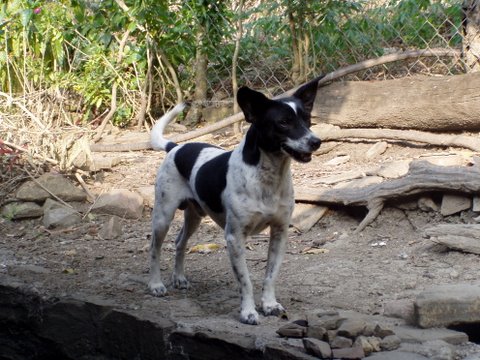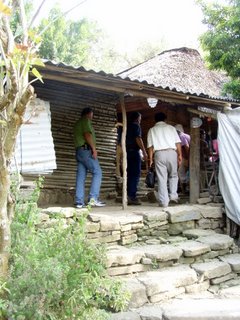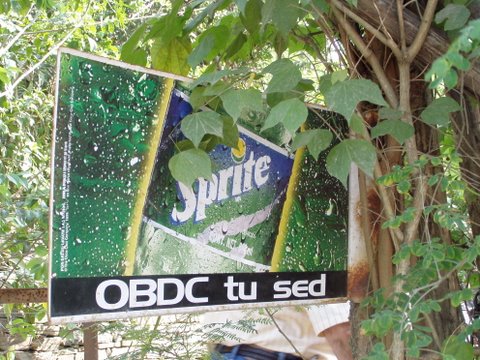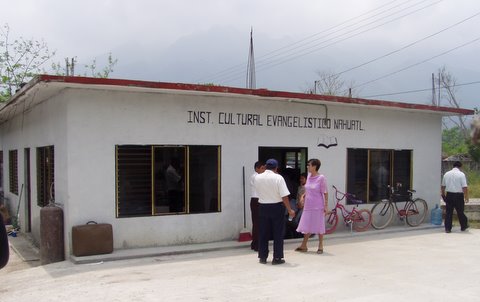When people find out that I have visited Mexico, they almost invariably respond with some comment about the realization such a trip brings as to how much we are blessed in this country, seeing the poverty of many south of the river. However, as grateful as I am for the worldly goods I have here in Texas, I have a different opinion concerning those who are termed as “poor” among the people of Mexico.
True, they may not have running water. True, they may not be able to afford to own a vehicle or a computer. They may struggle to make ends meet to feed a large family. But does this make them poor? Our grandparents probably lived thus, but were they poor? I humbly suggest that poverty lies not in the wealth or number of goods that one possesses, but instead is an attitude, a way of thinking. I am not saying that there are not poor people in Mexico, but I was able to enter some very humble abodes down in San Luis Potosí, dirt-floored homes made of sticks and thatch, and I am here to tell you that these people are just as industrious as many hard workers around here.
I believe the amount of things a man owns largely depends on where he lives. In this country we have a very favourable environment for building wealth, given that money is managed in a proper way to facilitate this. On the other hand, folks down in Mexico do not enjoy the same work/money ratio that we have here. Read More



